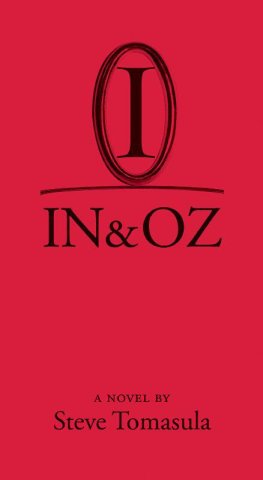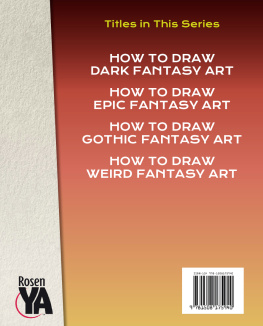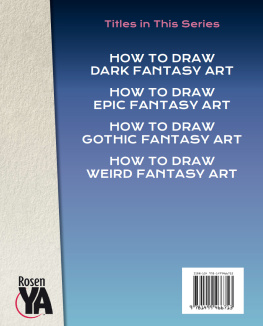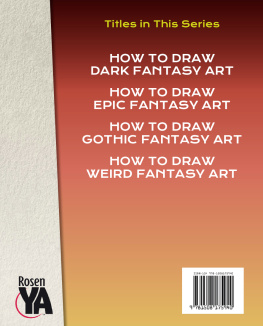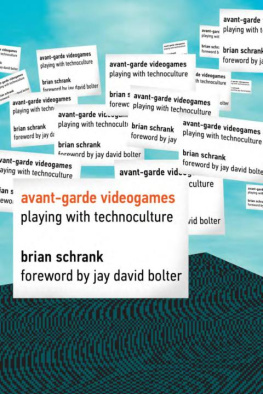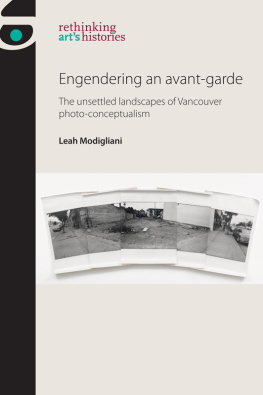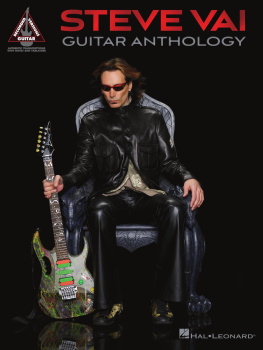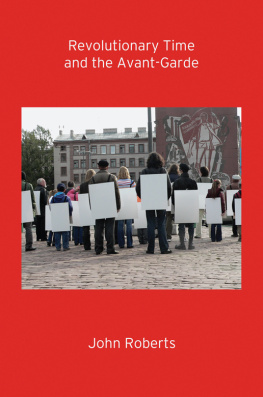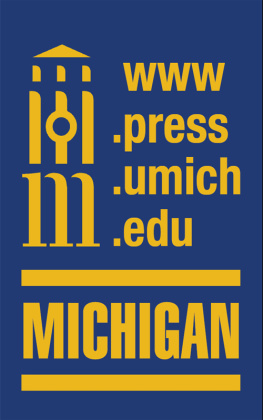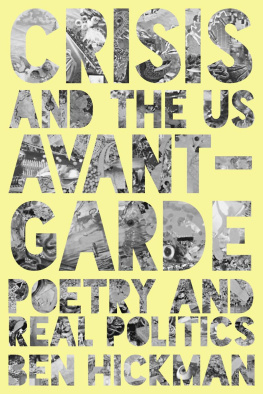Steve Tomasula - IN & OZ
Here you can read online Steve Tomasula - IN & OZ full text of the book (entire story) in english for free. Download pdf and epub, get meaning, cover and reviews about this ebook. year: 2012, publisher: University of Chicago Press, genre: Prose. Description of the work, (preface) as well as reviews are available. Best literature library LitArk.com created for fans of good reading and offers a wide selection of genres:
Romance novel
Science fiction
Adventure
Detective
Science
History
Home and family
Prose
Art
Politics
Computer
Non-fiction
Religion
Business
Children
Humor
Choose a favorite category and find really read worthwhile books. Enjoy immersion in the world of imagination, feel the emotions of the characters or learn something new for yourself, make an fascinating discovery.
- Book:IN & OZ
- Author:
- Publisher:University of Chicago Press
- Genre:
- Year:2012
- Rating:3 / 5
- Favourites:Add to favourites
- Your mark:
- 60
- 1
- 2
- 3
- 4
- 5
IN & OZ: summary, description and annotation
We offer to read an annotation, description, summary or preface (depends on what the author of the book "IN & OZ" wrote himself). If you haven't found the necessary information about the book — write in the comments, we will try to find it.
IN & OZ — read online for free the complete book (whole text) full work
Below is the text of the book, divided by pages. System saving the place of the last page read, allows you to conveniently read the book "IN & OZ" online for free, without having to search again every time where you left off. Put a bookmark, and you can go to the page where you finished reading at any time.
Font size:
Interval:
Bookmark:
Steve Tomasula
IN & OZ
for Maria
CHAPTER ONE
The dogs of IN are snarling again, snapping at each other and breaking their teeth against the bars of their pen.
They are mean dogs, dirty and of indeterminate breed but with the color and size of dogs associated with fascism. Their owner, similar in look and temperament, hates dogs. He only keeps them because he also keeps thousands of shiny tools that he needs for his one real passion, working on junk cars, in the garage behind his house, beside the pen he has made of welded rebar where the dogs spend their days fighting and barking and fucking and shitting and running back and forth, irritating themselves and each other until night falls and Mechanic puts them in the garage to protect the tools.
CHAPTER TWO
There are no dogs in OZ. Or rather, there are no real dogs. There are police dogs. And sheep dogs. And drug-sniffing dogs and watchdogs. But there are no car-chasing dogs. No garbage-can-upsetting dogs. No, need it be said, poet dogs. The streets are very clean and traffic moves at the speed of commerce, which is to say, as fast and smooth as a concept car on a victory lap as one woman, a Designer, might have put it, had she been at her drawing board instead of shopping.
Lapdog in hand, she entered one of the bookstores of OZ and immediately felt herself become more serious, informed by tradition, by quality. Being a designer, she was not oblivious to the role that the store itself played in this sense of herself that could be read in the body language of everyone browsing the aisles. Like them, she felt her motions slow to the dignified pace of a curator, or librarian, influenced as they were by the leisurely pace of music that played on a loop beautiful, egghead music that she would never listen to at home but enjoyed here because it had been mastered somehow to include only the bright tones and none of the darker, pathetic notes usually associated with music of that sort. Greek columns ran up the walls to where portraits of authors looked down from spots that were too high to hold product: portraits of difficult, aesthetic high-wire walkers from the last century as well as contemporary authors of cookbooks, based-on-fact thrillers, and other works that could actually be found in the store all drawn in the style of engraving associated with the dead presidents on monetary notes so that even non-readers could understand their value.
Designer found it all particularly moving today since this was the day that the book featuring some of her own work was to appear in stores: a glossy, coffee-table art book documenting a recent showing of Automobiles that had been mounted at the Museum of OZ Art, and that was to have her best-selling sports coupe on the cover.
Approaching the books, she put down her dog so she would have both hands free and took her place among the other shoppers. Book after glossy book devoted to the beauty of Auto flowed by, their cover photos so slick that they seemed to be works of art in their own right portraits of stretch limos with tricked-out doors, spray painted in lollipop greens and purples, car hoods that were Sistine chapels of airbrushed saints and angels, baby-blue clouds of acrylic heavenly hosts a stream of books and magazines so hypnotically beautiful that they made it nearly impossible to select just one.
Indeed, in OZ, they had so refined the art of giving the customer what he or she wants that there are no books available that are not wanted by everyone. To Designer, like most of those too young to remember another way, this was just how it was a state of nature. And in fact, it was the result of a sort of evolution: in the early days, a book would be displayed on a shelf only so long as it sold at a certain popular level. But as the speed of commerce increased, and the business of books (plural) decreased the time any one book (singular) might remain on a shelf, the bookshelves themselves began to lengthen, then move, evolving into extremely long conveyer belts that carried books directly from printing presses through the stores where customers were to this day compelled to quickly make their selection the way they might select sushi from a passing boat in a Japanese restaurant. That is, as with raw fish, freshness became the dominant concern. So instead of re-circulating back through the kitchen then out past the customers again, printed matter that no one plucked from the stream on a single pass continued on its one-way journey through the stores and into the recycling plants of IN. There it was shredded, and turned into products that people might find more useful, such as humorous calendars, greeting cards or the paper cups used in the coffee shops that took up most of the actual square footage of each bookstore. Since movies, cars, bottled water, perfume, art and all forms of entertainment were sold in exactly this way, culture had become like time in OZ always the same, though no customer could ever dip his or her toe into the same stream twice. And without anyone even noticing, dogs, real dogs, somehow vanished.
In OZ, revolving doors are thought of with the nostalgia usually reserved for train stations.
CHAPTER THREE
The Mechanics dogs are half mad, starved for attention as they are, crazed from hunger in order to give them that edge. They go berserk whenever they catch sight of him, which is hundreds of times a day as he goes back and forth between his cinder-block house and his cinder-block garage.
Not long ago, Mechanic had been deaf to all of this. Though he passed them so often he had worn a rut in the yard between the house and the garage, he never so much as glanced at the dogs and their terrific noise. While neighbors of a man like this might be expected to be incensed at his neglect, by the racket of two huge dogs fighting in a pen all day, this mans neighbors are not. Before he got the dogs, they know, his garage was broken into. And tools stolen. So they accept the wet stench of dirty dogs and their shit, and the racket, and the fact that the yard looks brown and dead as if it were winter the year round they dismiss these and many other intangibles for the greater good of the tools.
That is, they, as do all good citizens of IN, understand.
In IN, the Tractor-Trailer is King, and the Mobile Home Queen.
CHAPTER FOUR
Just as soldiers or nudists are able to identify each other by their dress, so a wordless language developed in OZ that allowed even the thinnest of demographic slivers to find mates, identify enemies, and do all the things people must do in order for their work-a-day lives to unfold. Many and diverse mouths contributed to the development of this language but the dominant voice issued from its clearest example: The Essence of OZ Building in which Designer worked, and which was in fact so tall that its shadow fell round the world. From a distance, this building had the aspect of a castle in the sky, its granite skin glittering in the sun. From her studio at its top, the world appeared Lilliputian below, a body of lesser skyscrapers and roads and bridges, including a rusty hump of a girder bridge that rose high above the flatland in the distance where it sutured OZ to IN.
Designer liked to take the art book whose cover sported one of her cars and stand it up on the windowsill, then contemplate the disjunction in scale created by the juxtaposition: the car on the cover, the simulacrum of a car, looked large, up close as it was, while outside the window, the real cars down below appeared tiny, and somehow this relationship seemed to hold more truth than it would if she were to take the photo of the car down to the street and let the real cars run over it.
Though she had won many awards for her designs of auto bodies, secretly, she never thought of herself as a designer of autos at all. True enough, her curvaceous fenders and hoods did mask the grotesque viscera of cars. But they did so in the way that an arty dress or designer eyeglasses were more of a language than an article of clothing or medical aide a dominant language, the way French had once been the tongue of diplomacy, or Latin of conquest. If she wasnt giving desire form and shaping the world by doing so what exactly was she or any designer doing? Isnt this why womens blue jeans came in so many versions: The Flare (Slung Way, Way Low); The Boyfriend (The Relaxed Comfort of His Jeans); The Curve (Show Off YourS); The Capri (Gypsy Styling); The London Jean (High, High Inseam); The Carpenter (Baggy with Hammer Loops); The Hip-Hop (Trs Gangsta); The Natural (Everybodys Favorite)? Each body she designed, then, was a body that her drivers could take as their own, and people could change their selves by changing what they drove. New immigrants to OZ could acquire the OZian Dream of assimilation by buying the forest-green or golden-rod Family Vans all families in OZ drove. Rebels could fight the power by buying flashy-red off-road vehicles. In either case they were beautiful products, and people made themselves beautiful by using them. And that was what she actually designed, beautiful people. A beautiful world.
Font size:
Interval:
Bookmark:
Similar books «IN & OZ»
Look at similar books to IN & OZ. We have selected literature similar in name and meaning in the hope of providing readers with more options to find new, interesting, not yet read works.
Discussion, reviews of the book IN & OZ and just readers' own opinions. Leave your comments, write what you think about the work, its meaning or the main characters. Specify what exactly you liked and what you didn't like, and why you think so.

